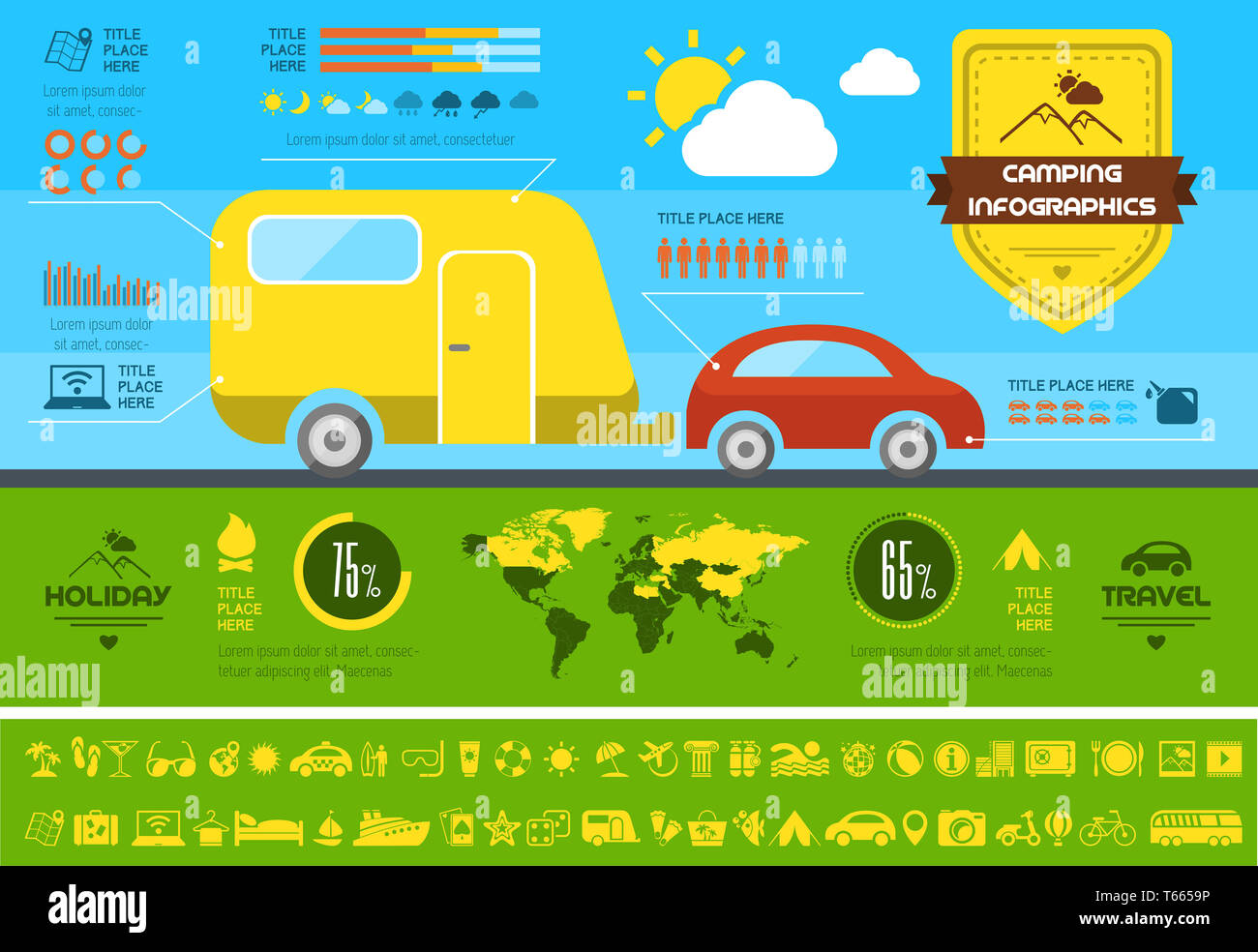Stove jacks are vital to risk-free tent cooktop usage, keeping cold air, rain, snow, insects and even flammable combustible products out of the camping tent. Yet, they're not without their risks. Continue reading to learn about common blunders campers make when fitting their cooktop jacks, and how you can prevent them at your campground.
Material Compatibility
When searching for a range jack, ensure it is made from heat-safe materials. The fabric used to make the jack should also be durable and breathable, which will certainly aid to maintain the outdoor tents cozy and dry when it's in use.
Once you have actually located a cooktop jack that works with your camping tent, it's time to make a decision where you wish to install it. Typically, it's best to place the stove in the facility of the outdoor tents to aid maintain all locations cozy and relaxing, however it is essential to avoid placing it straight up against a camping tent wall since this is a fire threat. Additionally, think about exactly how easy it will certainly be to reach your oven when refueling and cleaning up in the middle of the night.
Cooktop jacks are quite easy outdoor camping equipment, however they are incredibly critical for securely utilizing a tent cooktop in any type of weather. By making the effort to pick the proper size and appropriately install your stove jack, you'll be ready for a comfortable camping experience!
Cooktop Pipe Size
The dimension of your stove pipeline is very important to guarantee proper airing vent and to prevent a fire threat. A little diameter pipeline will function great in many outdoors tents, however a larger one need to be utilized with a heavier-duty canvas tent or a Tipi.
When it involves figuring out the perfect placement of your oven, the center of the tent is usually the very best choice. This will certainly help maintain the entire outdoor tents warm while decreasing the capacity for smoke to leakage around the edges. It additionally assists protect against warm from surprising from the oven and right into combustible products like walls or ceilings.
When it involves wall and flooring protection, NFPA calls for at least 36" of clearance from flammable walls. This can be minimized by using an oven guard and a single-wall stovepipe with a protected thimble (if entering into the ceiling, attic or roofing). Constantly consult your woodstove producer's proprietor's manual for additional information regarding correct installation.
Oven Pipeline Length
Other than not being directly up against the wall of the outdoor tents (where it could be a fire risk) there isn't actually an incorrect place for an oven jack. It's simply a matter of preference, relying on how simple it will certainly be to grab refueling and how close it will be to the entry of your outdoor tents.
However, if you mount your pipeline too far out from the oven, cool air and rain will certainly be able to blow in around the beyond the pipeline. This isn't ideal, as it will make beginning your cooktop and keeping a great draft tough.
To identify how much flue pipe you'll need, gauge the range from where your tent's range will certainly rest to your smokeshaft opening. Then subtract two inches since each area canvas handbag of pipeline overlaps. The number you obtain is the amount of pipe you'll need to get. Luckily, mounting stove pipes isn't hard and needs very little devices.
